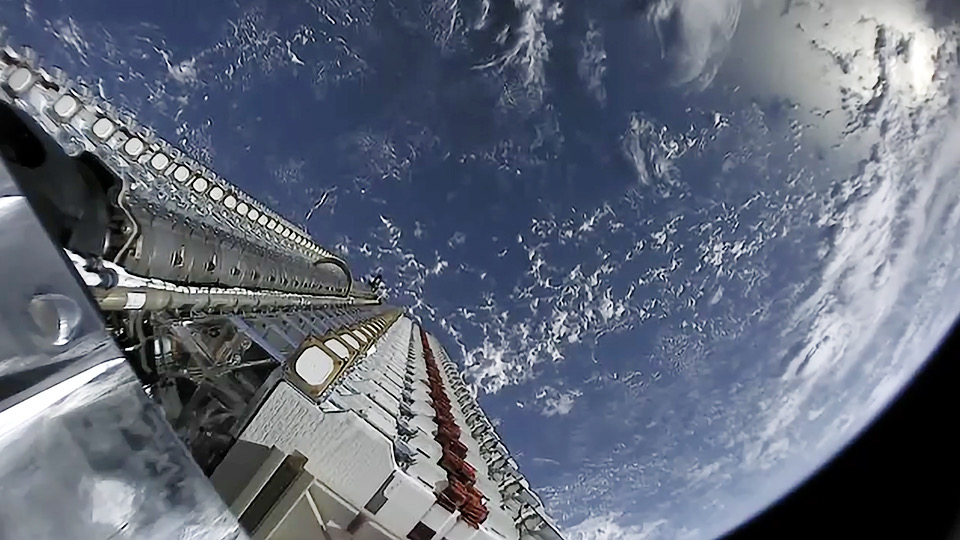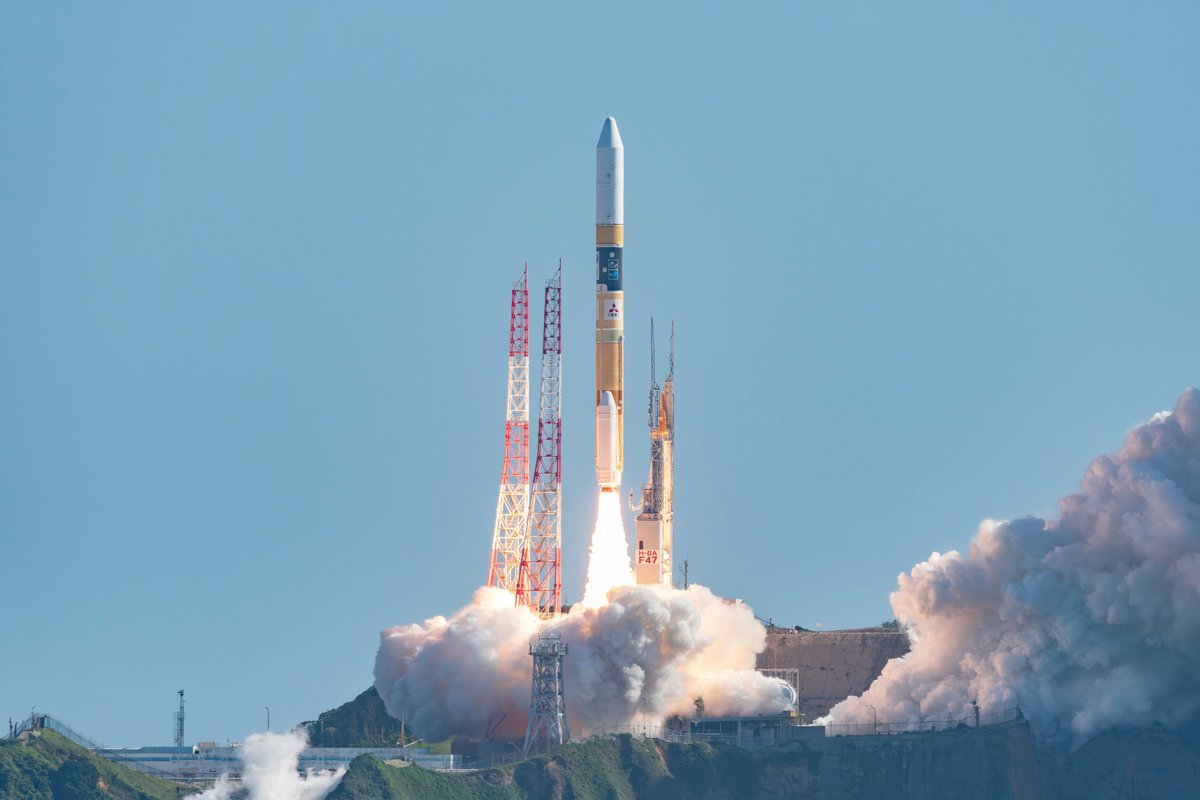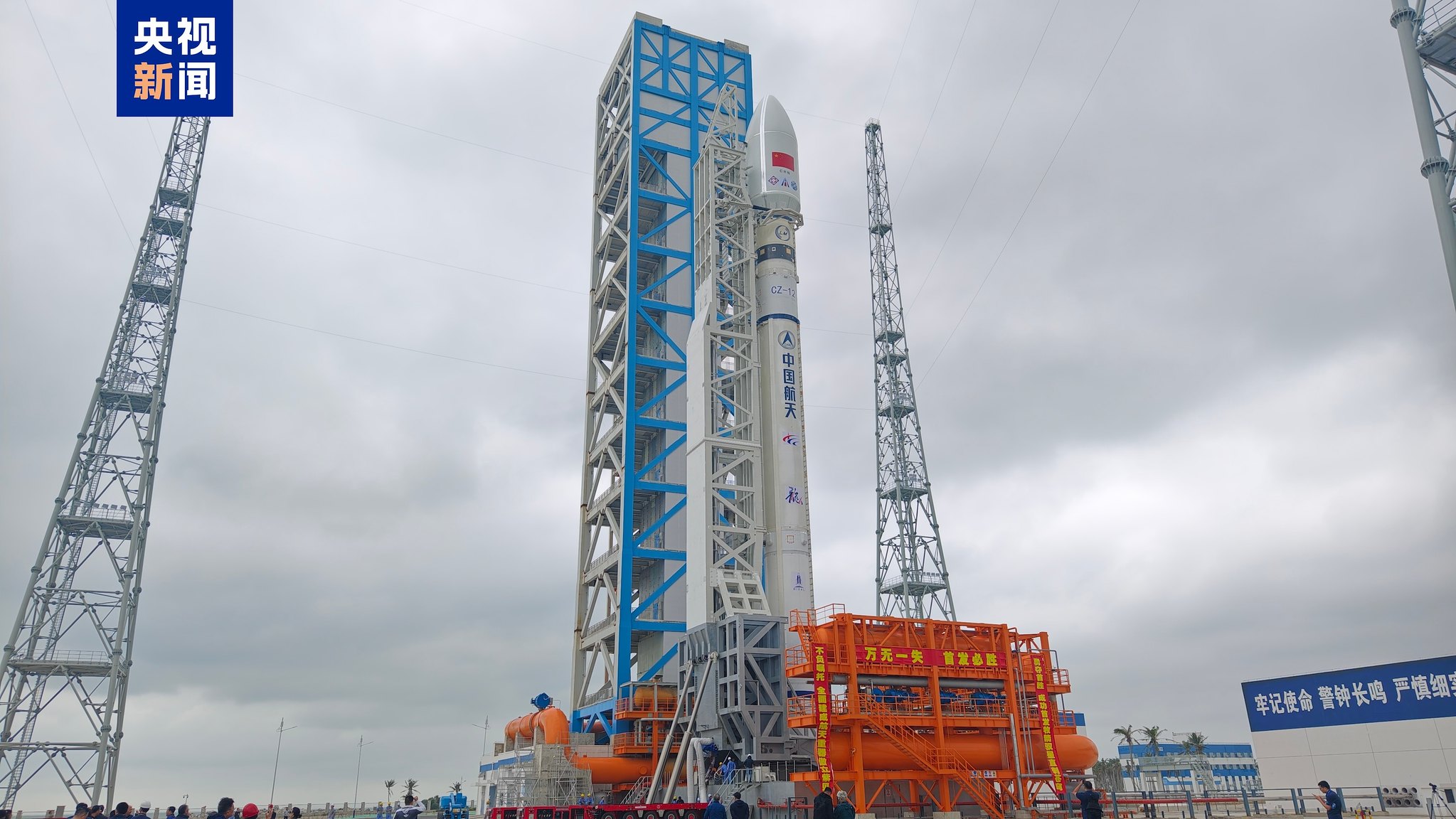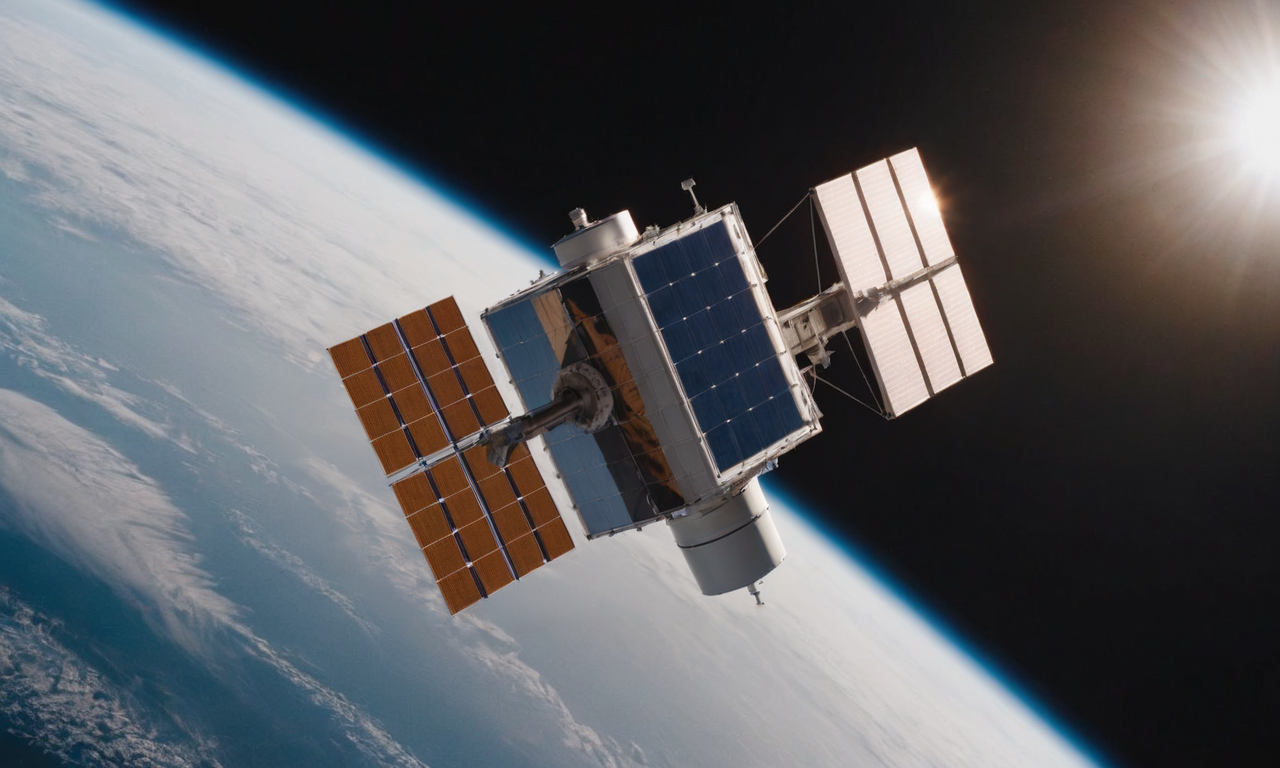· space brief · 5 min read
Space Brief 29 Jan 2025
Today's briefing covers the Space Force's plans for future launches, new initiatives in missile defense, and the latest on military and aerospace advancements.

📄Top Stories
Today, the Space Force announced ambitious plans to increase its National Security Space Launch (NSSL) missions in 2025, forecasting significant contributions from ULA’s new Vulcan rocket. Concurrently, reports on the development of missile defense systems in the U.S. highlight the strategic shift towards utilizing space-based technologies. Key advancements in military aerospace include the MQ-25 unmanned carrier aircraft poised to fly by 2025, aiming for a transformative impact on naval operations.
📰Detailed Coverage
Space Force Predicts ULA to Surpass SpaceX in National Security Launches
The U.S. Space Force anticipates United Launch Alliance (ULA) will surpass SpaceX in delivering national security missions by 2025, with ULA’s Vulcan rocket set to execute 11 launches compared to SpaceX’s projected seven. This highlights a strategic expansion of capabilities as Vulcan becomes central to providing reliable access to space for defense payloads.
Technologically, this shift reflects the growing confidence in Vulcan’s ability to meet rigorous mission requirements and the ongoing competition to secure military contracts. Users of satellite tracking services will benefit from an increase in launch information, aligning with our features that support real-time tracking and historical analysis of these missions.
Read the full story: SpaceNews
Developing U.S. Missile Defense with Space-Based Interceptors
In a significant development, former President Trump has ordered the creation of an “Iron Dome for America,” emphasizing the need for advanced missile defense systems to counter new threats like hypersonic missiles. This initiative includes the integration of space-based interceptors, pointing to a future where satellite technology plays a crucial role in national defense.
This move signifies a major push towards leveraging cutting-edge technology and could lead to increased launches of specialized satellites designed to enhance defensive capabilities. Satellite enthusiasts and professionals can expect new additions to tracking databases as these developments unfold.
Read the full story: SpaceNews
MQ-25 Aircraft to Revolutionize Naval Aviation
The Navy’s MQ-25 Stingray, an unmanned aerial refueling aircraft, is set to begin operations in 2025 with carrier flight integration by 2026. This introduction is a key initiative to expand the operational scope of naval air wings, potentially elevating the strategic flexibility of U.S. carrier groups.
By overcoming the challenges of integrating unmanned systems onto carriers, the Navy aims to enhance the operational range of manned fighter aircraft significantly. The aircraft’s advancements present new opportunities for tracking and operational analysis through integrated space and airborne systems.
Read the full story: Breaking Defense
Space Force’s Ambitious Launch Agenda
In an effort to secure and maintain space superiority, the Space Force has announced plans for 18 NSSL launches in 2025. This includes missions on ULA’s Vulcan rocket, emphasizing the need for a resilient and flexible launch infrastructure.
This strategy underlines the Space Force’s focus on ensuring continuous access to space, thus reinforcing national security with a robust launch schedule. These plans will likely result in a variety of new payloads for tracking, enhancing our web app’s utility in satellite observation.
Read the full story: Breaking Defense
Advancement in Next-Gen Military Engines
The Air Force is advancing its next-generation engine work, awarding GE and Pratt large contracts totaling $3.5 billion each to develop engines potentially for future fighter jets. This development reflects the military’s commitment to cutting-edge propulsion technology to maintain air superiority.
While not directly related to space, innovations in aerospace propulsion technology often cross-sector and can impact satellite launch capabilities and other space operations.
Read the full story: Breaking Defense
🛰️Satellite Spotlight
- Satellite Name: SL-16 DEB
- NORAD ID: 25412
- Launch Date: 1998-07-28
- Mission: Originally served as a rocket’s separation motor cover
- Orbit: Inclination: 71.0789°, Period: 104.60 minutes, Eccentricity: 0.0186
- Operator: VKSR
- Fun Fact: This piece of debris is a remnant of the Zenit-2 launch vehicle used by Russia.
Current TLE Data:
1 25412U 98045F 25028.59658418 .00000198 00000+0 21593-3 0 9993
2 25412 71.0789 238.2625 0186334 220.1380 171.5046 13.76707299330918Track this satellite in real-time on our web app: Track SL-16 DEB
🚀Upcoming Space Launches
January 30
-
SpaceX Falcon 9:
- SpainSat NG I from Kennedy Space Center (01:34 UTC) First of two new-generation satellites built by Airbus to provide secure communications to the Spanish government, its allies, and various international organizations.
-
Blue Origin New Shepard:
- NS-29 from Corn Ranch, Van Horn, TX, USA (15:30 UTC) NS-29 will simulate the Moon’s gravity and fly 30 payloads, all but one of which is focused on testing lunar-related technologies. The payloads will experience at least two minutes of lunar gravity forces, which is critical for lunar technology readiness.
-
SpaceX Falcon 9:
- Starlink Group 11-4 from Vandenberg Space Force Base, California, USA (23:32 UTC) A batch of satellites for the Starlink mega-constellation - SpaceX’s project for space-based Internet communication system.
February 1
- Mitsubishi Heavy Industries H3-22:
- Michibiki 6 (QZS-6) from Tanegashima Space Center, Japan (08:30 UTC) QZSS is a Japanese satellite navigation system to achieve optimal high-elevation visibility in urban canyons and mountainous areas, broadcasting signals for GPS-interoperable and original Japanese signals.
February 3
- SpaceX Falcon 9:
- Starlink Group 12-3 from Cape Canaveral Space Force Station, FL, USA (08:54 UTC) A batch of satellites for the Starlink mega-constellation - SpaceX’s project for space-based Internet communication system.
- Rocket Lab Electron:
- IoT 4 You and Me (Kinéis 16-20) from Rocket Lab Launch Complex 1, Mahia Peninsula, New Zealand (20:43 UTC) Fourth batch of five satellites for the French Kinéis IoT constellation designed to operate with 25 nanosatellites.
- SpaceX Falcon 9:
- WorldView Legion 5 & 6 from Kennedy Space Center (23:32 UTC) WorldView Legion is a constellation of Earth observation satellites providing high-resolution images.
February 11
- China Aerospace Science and Technology Corporation Long March 8A:
- Demo Flight from Wenchang Space Launch Site, People’s Republic of China (09:53 UTC) Demonstration flight of the Long March 8A rocket with upgraded engines and a new second stage.
February 26
- SpaceX Falcon 9:
- Lunar Trailblazer & Nova-C IM-2 from Kennedy Space Center (00:00 UTC) This mission features the Nova-C lunar lander carrying a NASA payload designed for in-situ resource utilization on the Moon.
Note: Launch dates and times are subject to change due to technical or weather considerations.

Maurice Stellarski





